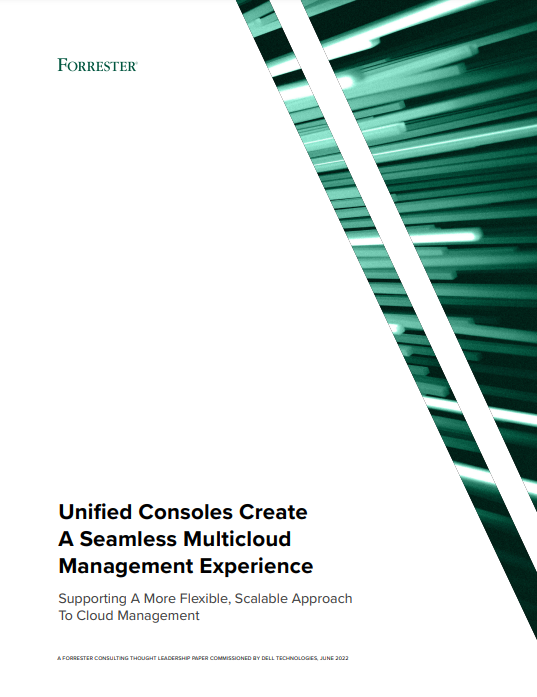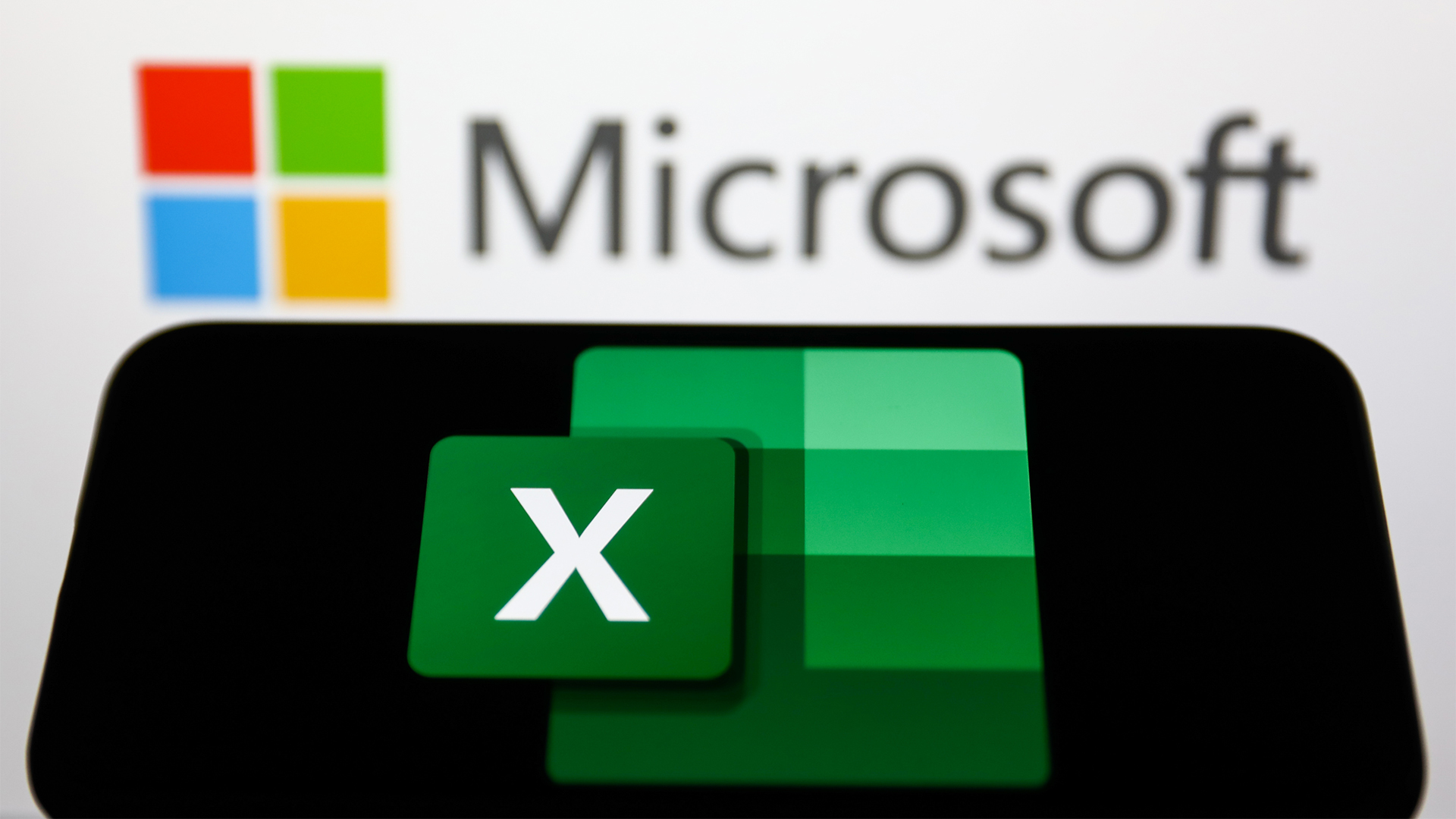LTE vs 5G: What's the difference?
Comparing LTE vs 5G has become a frequent occurrence in recent years - but how do they match up?

Rory Bathgate
Weighing up LTE vs 5G has become common practice for businesses, as it’s not always easy to tell the difference between the two networking standards.
Each generation of mobile networking technology brings a wave of marketing promises such as faster speeds, reduced latency, and overall better connectivity.
LTE and 5G have both been through these hype cycles and now form a vital part of the worldwide connectivity fabric. Businesses and consumers worldwide enjoy 5G access to an increasing degree.
However, given the sheer number of different terms on the market, it's not always clear what the differences are, particularly as terms like LTE and 4G or 5G are often incorrectly used interchangeably, depending on who you speak to or what you read.
LTE vs 5G: The key differences
LTE, or 'Long Term Evolution', was first released as a standard by the International Telegraph Union Radiocommunication (ITU-R) regulator in late 2008. It was designed as a way of progressing national infrastructures, which, until that point, had failed to develop quickly enough to support speeds that could be labeled as 4G.
The fifth-generation cellular network technology standard, known as 5G, was defined by the standards organizations jointly known as the 3rd Generation Partnership Project (3GPP) in 2018. It was subsequently introduced in South Korea in April 2019, followed the same month by the US, and has since expanded rapidly worldwide.
Is 5G faster than LTE?
5G can achieve maximum speeds of up to 20Gbits/sec for downloads, though ITPro’s initial testing of Vodafone’s 5G network revealed average speeds of around 100-150Mbits/sec.
In comparison, 4G LTE is capable of data transfer speeds as high as 150Mbits/sec for downloads, and 50Mbits/sec for uploads. Results vary depending on location and congestion and in practice, 4G LTE speeds stand at around 20Mbits/sec down and 10Mbits/sec up.
5G also has far lower latency than LTE, meaning it transfers data with less delay. It’s technically capable of latency as low as 1 millisecond (ms) compared to LTE’s average of around 50ms, but 5G often averages out at 10-20ms in practice.
This makes it especially useful for edge computing such as sensors on a manufacturing floor, as low latencies allow for data to be collected in near real time.
Sign up today and you will receive a free copy of our Future Focus 2025 report - the leading guidance on AI, cybersecurity and other IT challenges as per 700+ senior executives
Why is 5G faster than LTE?
The reason that 5G can achieve these speeds is that it uses a different band of the radio spectrum than 4G LTE. These mid-band frequencies run from 1-6Ghz, with 3.5Ghz having been identified as providing an especially good balance of range and data throughput.
Many regions have also issued permits for 5G millimeter wave (mmWave), the band that comprises frequencies between 24-100GHz. Qualcomm recorded 118 operators in 25 countries that held mmWave deployment licenses in January 2023.
Operators in the US and Japan use the 28GHz band, to leverage its significant connectivity advantages over mid-band 5G in congested areas such as transport hubs and stadiums but only across short distances.
For example, AT&T, T-Mobile, and Verizon have used 5G mmWave to provide 3Gbits/sec connectivity to 70,000 fans at Super Bowl LVI, as well as at 60 other stadiums across the country.
In short, 5G can outperform 4G LTE because it makes use of a diverse and powerful range of frequencies, which allows for better capacity and lower latencies. This makes it a crucial tool for businesses and consumers alike.
LTE vs 5G: What should you choose?

Deciding on LTE vs 5G depends greatly on the use cases one expects from the network, as well as one’s budget and location.
High bandwidth and low latency are key selling points of 5G, and ones that businesses have been eager to adopt. It’s been a key technology behind expansion of Internet of Things (IoT) devices, and has helped prove the feasibility of widespread autonomous devices on factory floors.
In reality, the best solution may be to combine LTE and 5G to create more advanced capabilities. Such was the case with EE, which in April 2022 became the first European network to successfully deliver 5G over seven combined LTE and 5G spectrum carriers.
Achieved using a mobile test device equipped with Qualcomm’s Snapdragon 8 Gen 1 Mobile Platform, the network aggregation includes five LTE spectrum band, including two 1.8GHz carriers, two 2.6GHz carriers, and one 2.1GHz, as well as two 5G New Radio (5G NR) bands at 3.4GHz and 3.6GHz.
The latter channel, part of the primary band for 5G, was acquired by EE through Ofcom’s spectrum auction in early 2021, for an estimated £450 million.
Commenting on EE’s announcement, Qualcomm Business Development director Vikrant Jain said that “aggregating seven (5LTE +2NR) different spectrum bands for 5G is a significant achievement and will provide enhanced customer experience”, and will be used to deliver the EE’s fastest 5G speeds to date – 2.2Gbits/sec in lab testing and more than 1.7Gbits/sec in real-world estimates.
However, integrating 5G with 4G/LTE also presents a number of challenges. At the customer end, the requirements include seamless handoff between 5G and 4G/LTE as people roam between coverage areas, despite the core network of 5G being very different to that of 4G/LTE.
As Mark Newman, chief analyst for research & media at TM Forum, told ITPro in February 2022: “The 5G services that are available today operate by connecting the new 5G radio access network to the old LTE/4G core network. The 5G core is complex because it’s based on cloud computing principles, and operators want to introduce advanced new services based on new cloud architectures.”
LTE vs 5G: What does the future hold?
5G offers a wide range of use cases, and with the rise of mmWave connections and 5G private networks the standard will become even better at providing high throughput, low latency connections perfect for IoT and edge use cases.
There is every indication that worldwide, 5G will continue to expand and push out LTE. In Ericsson’s 2023 mobile subscriptions report, the firm estimated that total 5G subscriptions reached 1.1 billion in Q1 2023 and was on course to reach 1.5 billion by the end of the year.
Of course, there is a difference between 5G available and being ubiquitous to the extent that businesses can reliably use it without ever having to connect to LTE.
In Ookla’s 2022 State of Worldwide 5G report, the US ranked first for overall availability, with 54.3% of 5G capable handsets in the region having spent the majority of Q3 2022 connected to 5G. This put it ahead of Cyprus and South Korea, where devices only connected to 5G for 47.7% and 34.5% of the time.
Both LTE and 5G have been core as the FCC oversaw the death of 3G, as businesses that had used the outdated network generation became reliant on the newer standards.
RELATED RESOURCE

Unified consoles create a seamless multi-cloud management experience
Supporting a more flexible, scalable approach to cloud management
The rise of 5G in the UK has been less-than-meteoric, in part due to the government’s decision to remove Huawei equipment from the network.
But Ofcom’s Spring 2023 Connected Nations report revealed that UK 5G coverage provided by at least one mobile network operator outside of premises stood at 73-82% (ranging from very high to high confidence), an increase from the 67-77% reported in 2022.
The company expects 5G to reach 4.6 billion subscribers by the year 2028, at which point it will represent more than half of all mobile subscriptions.
This doesn’t signal the end for LTE just yet; it’s only in 2027 that 5G is projected to overtake 4G LTE worldwide, and Ericsson recorded that LTE continues to reach 5.2 billion subscribers in 2023.
The report predicts a similar decline across Western Europe, with LTE subscriptions expected to drop from 82% in 2022 to just 12% by 2028. Conversely in Central and Eastern Europe, where LTE currently accounts for 75% of mobile subscriptions, 5G is only projected to grow to 43% of market share by 2028, and in Sub-Saharan Africa to only 14%.
There is no doubt that for the moment, 5G is the best that the telecoms industry has to offer, for a wide range of use cases. With one eye on 6G, and with the acknowledgment that 4G continues to offer excellent service for less demanding users, there’s every reason to adopt 5G while accepting that 4G LTE is here to stay a while longer.
Roland is a passionate newshound whose journalism training initially involved a broadcast specialism, but he’s since found his home in breaking news stories online and in print.
He held a freelance news editor position at ITPro for a number of years after his lengthy stint writing news, analysis, features, and columns for The Inquirer, V3, and Computing. He was also the news editor at Silicon UK before joining Tom’s Guide in April 2020 where he started as the UK Editor and now assumes the role of Managing Editor of News.
Roland’s career has seen him develop expertise in both consumer and business technology, and during his freelance days, he dabbled in the world of automotive and gaming journalism, too.
- Rory BathgateFeatures and Multimedia Editor
-
 TPUs: Google's home advantage
TPUs: Google's home advantageITPro Podcast How does TPU v7 stack up against Nvidia's latest chips – and can Google scale AI using only its own supply?
-
 Microsoft Excel is still alive and kicking at 40
Microsoft Excel is still alive and kicking at 40News A recent survey found Gen Z and Millennial finance professionals have a strong “emotional attachment” to Microsoft Excel
